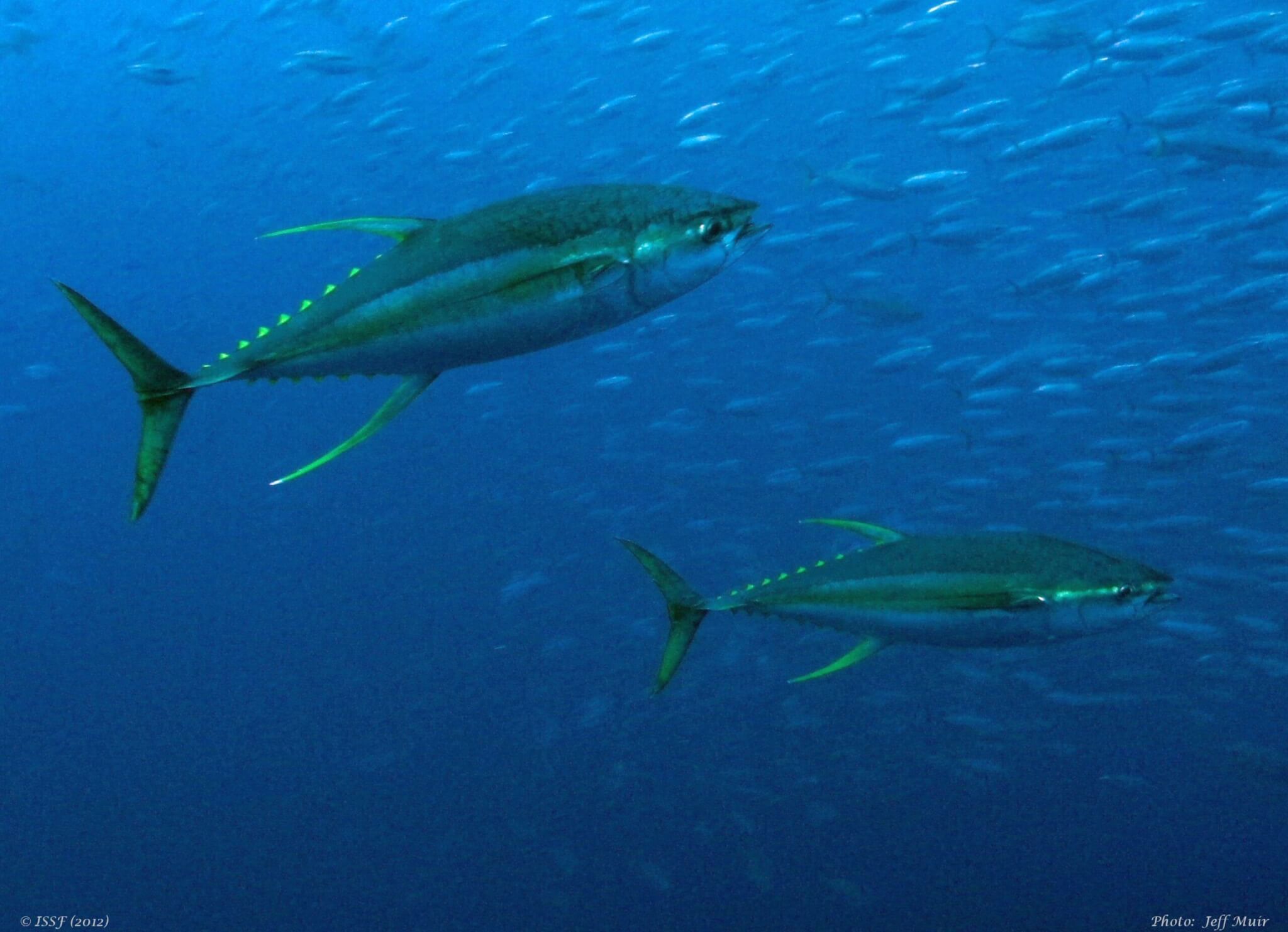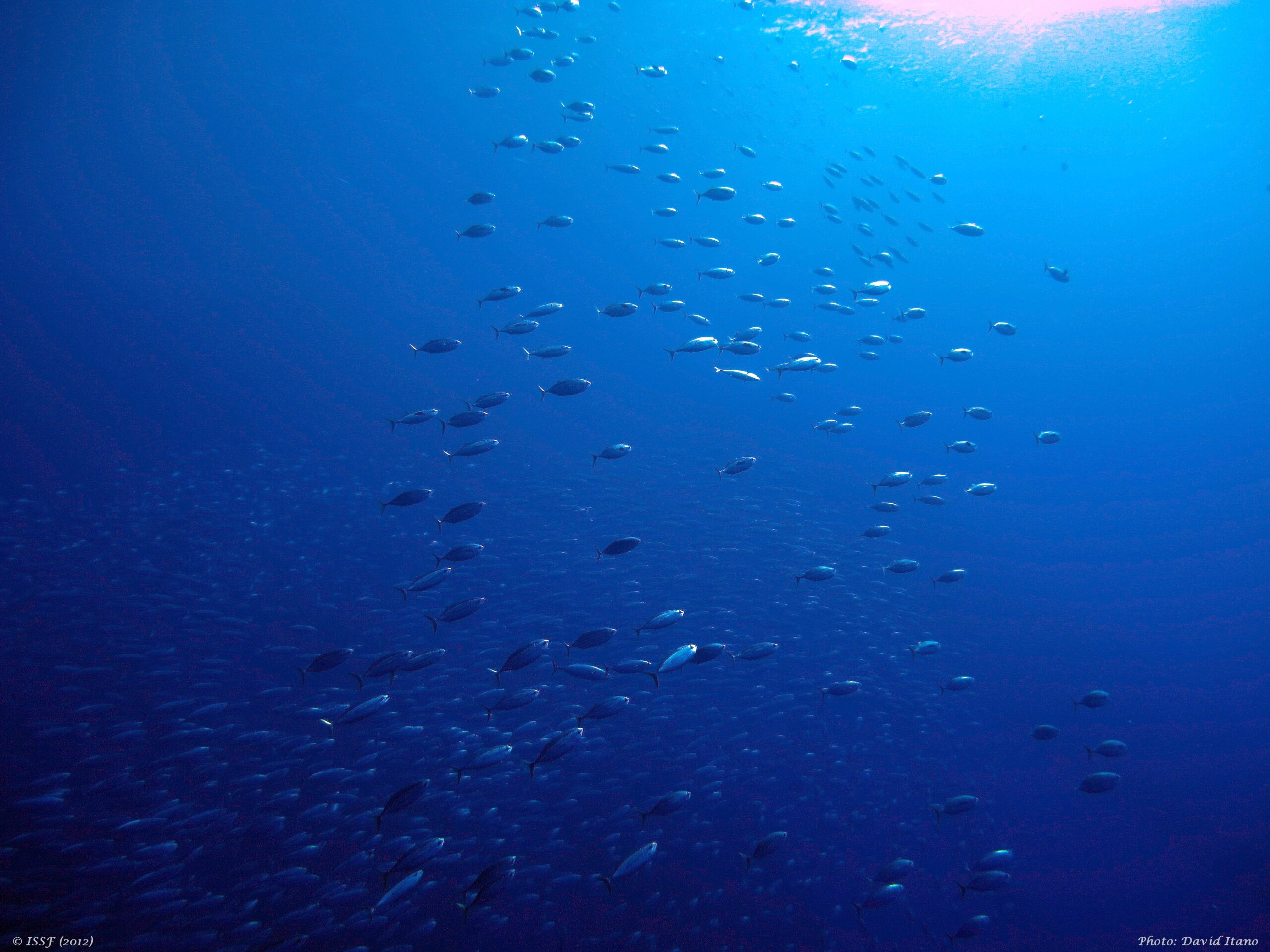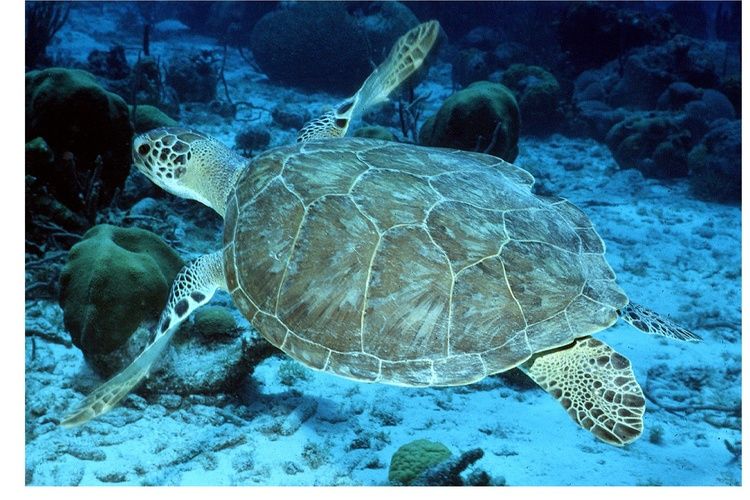86% of Global Tuna Catch Comes from Stocks at Healthy Levels | 10% Require Stronger Management
Featured News
UPDATED: ISSF Status of the Stocks Report
Of the total commercial tuna catch worldwide, 86% comes from stocks at “healthy” levels of abundance, according to the newest ISSF Status of the Stocks report—a 1% improvement over 2023 report findings. Additionally, overfished stocks now account for 10% of the total catch—down from 11% in the previous report. The percentage of the catch that came from stocks at an intermediate level of abundance remained unchanged, at 4%.
Several tuna stocks are considered overfished and/or subject to overfishing:
- Mediterranean albacore, Indian Ocean bigeye, and Indian Ocean yellowfin stocks are overfished and subject to overfishing.
- Pacific Ocean bluefin is overfished.
In terms of Regional Fisheries Management Organizations (RFMO) stock management, key updates since November 2023 include:
- A Western and Central Pacific Ocean (WCPO) management change: Specifically, the Western and Central Pacific Fisheries Commission (WCPFC) updated the tropical tuna conservation measure, which now encourages member countries to initiate retrieval programs for lost, abandoned or stranded FADs, while shortening the FAD closure from 3 to 1.5 months.
- A Pacific-wide management change: Specifically, the WCPFC updated its harvest strategy by adopting a Harvest Control Rule for North Pacific albacore like the one adopted by the Inter-American Tropical Tuna Commission (IATTC) in 2023.
The Indian Ocean Tuna Commission (IOTC) released updated catch data as well as a new Indian Ocean skipjack stock assessment that found no change in ratings. Based on the results of the assessment, a new total allowable catch (TAC) was adopted following the application of the Harvest Control Rule.
ISSF publishes its signature Status of the Stocks report several times each year using the most current scientific data on 23 major commercial tuna stocks.
Featured Report
NEW Tuna Fisheries’ Impacts on Non-Tuna Species and Other Environmental Aspects
Until 2023, ISSF’s Status of the Stocks report included relative ratings for bycatch impacts by the different fishing methods. The information on stock status and management comes from the five tuna RFMOs that assess and regulate tuna fisheries internationally. However, the information on bycatch impacts was from multiple sources and was not stock- or fishery-specific. Subsequently, the separate ISSF report entitled Tuna Fisheries’ Impacts on Non-Tuna Species and Other Environmental Aspects: 2024 Summary was published to summarize bycatch and other ecosystem impacts for major types of tuna fisheries.
The report includes:
- Summary of the main impacts that different methods used to catch tunas have on non-target species and other ecosystem components
- Analysis of scores obtained by different fishery types in Principle 2 (environmental impacts) certified by the Marine Stewardship Council
- Summary of the relevant measures to address ecosystem impacts adopted by tuna RFMOs
- Summary of complementary conservation measures adopted by ISSF
Featured Tool
Interactive Stock Status Tool
An interactive tool allows you to visualize current and historical data from ISSF’s Status of the Stocks report, which scientifically assesses 23 commercial tuna stocks worldwide. The tool has three tabs — one for visualizing tuna stock health since 2011, another for visualizing the current tuna catch by fishing method, and a third with catch trends by fishing method since 1950.



